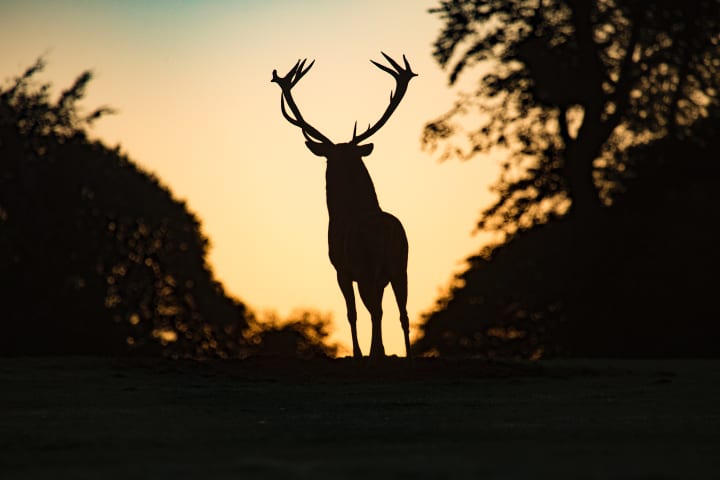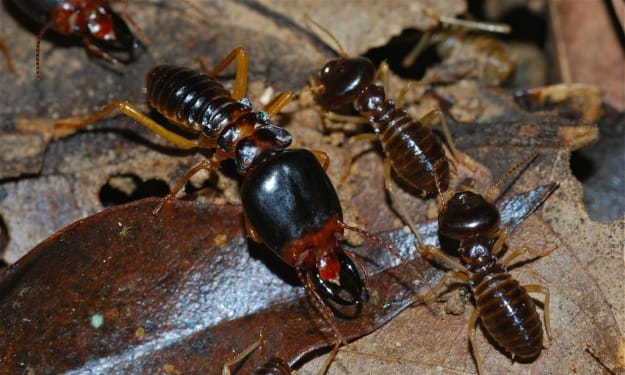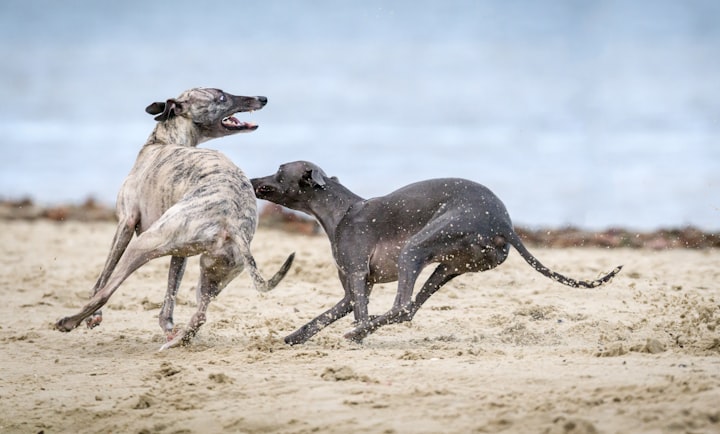Wildlife
Wild animals are less wild and more human than many humans of this world.

Wildlife is the collective term used to describe animals, plants, and other organisms that live in their natural habitats, such as forests, deserts, oceans, and rivers. Wildlife plays an important role in the ecosystems that support human life, providing sources of food, medicine, and oxygen, as well as regulating water cycles, climate, and air quality.
Despite the importance of wildlife, human activities are having a significant impact on the health of many species, leading to declines in population size, species extinction, and loss of biodiversity. The main threats to wildlife include habitat destruction, pollution, over-exploitation of resources, and climate change.
Habitat destruction is the most immediate threat to wildlife, caused mainly by human activities such as logging, mining, and urbanization. These activities reduce the amount of suitable habitat available to wildlife, making it harder for them to find food, shelter, and mates.
Pollution is another major threat to wildlife, as it can contaminate the air, water, and soil that animals need to survive. Pollution can come from a variety of sources, such as agricultural runoff from fertilizers and pesticides, industrial waste, and emissions from vehicles.
Over-exploitation of resources is also a major threat to wildlife. This includes activities such as hunting, fishing, and collecting plants and animals from their natural habitats. Over-exploitation can deplete populations of species, reducing genetic diversity and making them more vulnerable to disease and other environmental threats.
Climate change is another serious threat to wildlife, as it can alter weather patterns, disrupt food availability, and cause sea level rise, all of which can have devastating effects on wildlife populations. Climate change is also contributing to ocean acidification, which is making it harder for some marine species to survive.
In order to protect wildlife and ensure the sustainability of natural ecosystems, it is important to reduce human activities that contribute to habitat destruction, pollution, over-exploitation, and climate change. Governments and conservation organizations can help by creating protected areas, preserving habitat, and promoting sustainable resource use. Additionally, individuals can help by reducing their consumption of animal products, reducing their energy use, and supporting sustainable agriculture.
Wildlife conservation is essential to ensure the health and sustainability of ecosystems and the species that inhabit them. Without wildlife, the environment would be much less biodiverse and many human communities would suffer economically and culturally. By protecting wildlife, we can ensure the long-term health of both the environment and the people who rely on it.

Wildlife conservation is the practice of protecting endangered plant and animal species and their habitats. Among the goals of wildlife conservation are to ensure that nature will be around for future generations to enjoy and to recognize the importance of wildlife and wilderness for humans and other species alike. Conservation efforts are often put into place to protect particular species or ecosystems, with the goal of preserving life on Earth.
One of the most important goals of wildlife conservation is to maintain the balance of nature and keep ecosystems healthy. Healthy ecosystems are able to support a wide variety of species and are more resilient to environmental changes. This includes protecting endangered species from extinction, restoring habitats that have been degraded or destroyed, and managing human activities to ensure the long-term health of species and ecosystems.
The need for wildlife conservation is increasing as the human population continues to grow. As people encroach on natural habitats, many species are losing their homes and sources of food. Human activities such as hunting, fishing, and deforestation are putting additional pressure on species populations. The destruction of habitats, the introduction of invasive species, and the spread of disease are also major threats to wildlife.
Conservation efforts focus on both species and habitats. Protecting species involves monitoring populations, regulating hunting and fishing, and implementing laws and policies that protect wildlife. Habitat conservation involves preserving, restoring, and managing habitats to ensure they remain healthy and suitable for the species that depend on them. This can include setting aside land for wildlife reserves, reintroducing species to their native habitats, and managing the use of resources like water and soil.
Wildlife conservation also involves educating the public about the importance of protecting wildlife and the environment. Conservation organizations often work with schools, community groups, and government agencies to promote awareness and understanding of conservation issues. They may also provide funding for research, habitat restoration, and other conservation efforts.
Wildlife conservation is an important part of protecting our planet’s natural resources. By understanding the threats that species face, implementing appropriate conservation strategies, and educating the public, we can ensure that our planet’s biodiversity is preserved for future generations.





Comments
There are no comments for this story
Be the first to respond and start the conversation.